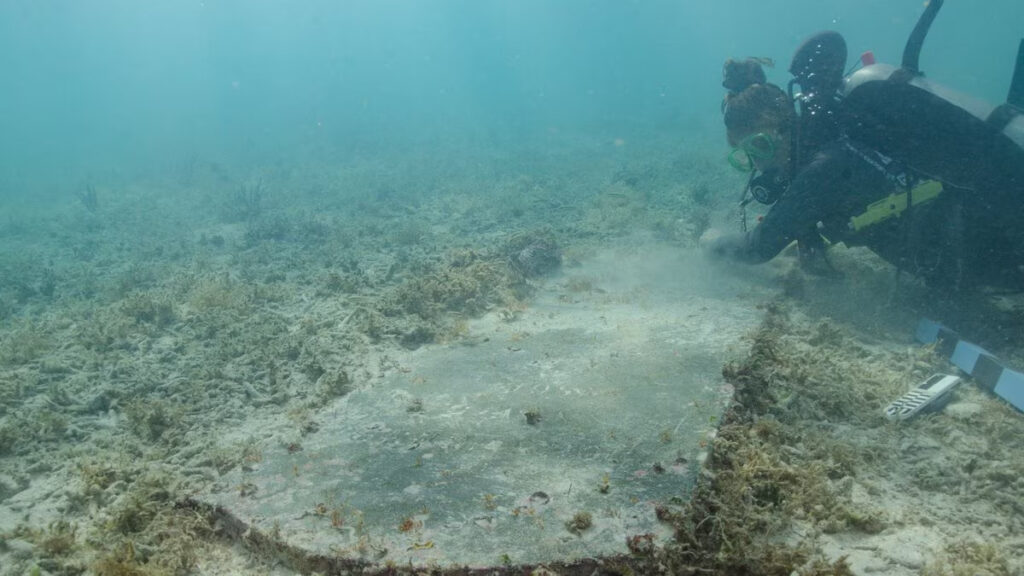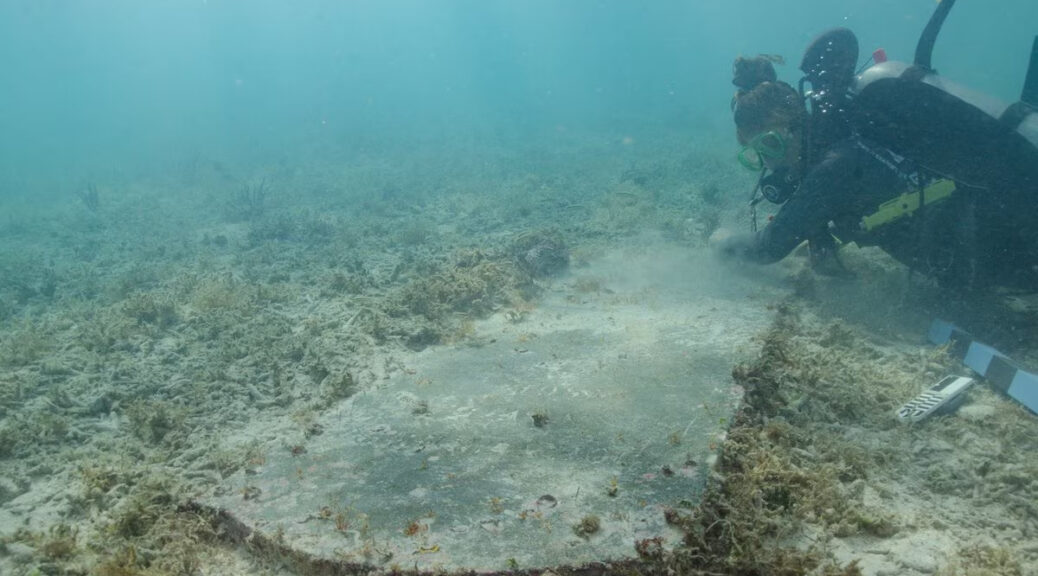Archeologists find remains of an underwater hospital and cemetery

Archeologists at Dry Tortugas National Park have found remains of a 19th-century quarantine hospital and cemetery on a submerged island. The National Park Service said in a news release that records indicate dozens of people, mostly U.S. soldiers stationed at Fort Jefferson, may have been buried there.
The small quarantine hospital was used to treat patients with yellow fever at the fort between 1890 and 1900, according to the NPS.
Major outbreaks of the disease killed dozens, but the quarantine hospital offered a place to isolate patients, likely saving hundreds of lives.
While most buried in the Fort Jefferson Post Cemetery were military members, several were also civilians.
During a survey of the area, researchers found John Greer’s grave, prominently marked with a large slab of greywacke carved into the shape of a headstone and inscribed with his name and date of death.
According to the NPS, Greer was employed as a laborer at the fort and died there on Nov. 5, 1861.
“This intriguing find highlights the potential for untold stories in Dry Tortugas National Park, both above and below the water,” project director Josh Marano said.
“Although much of the history of Fort Jefferson focuses on the fortification itself and some of its infamous prisoners, we are actively working to tell the stories of the enslaved people, women, children, and civilian laborers.”
Efforts to learn more about those buried in the cemetery are ongoing.
